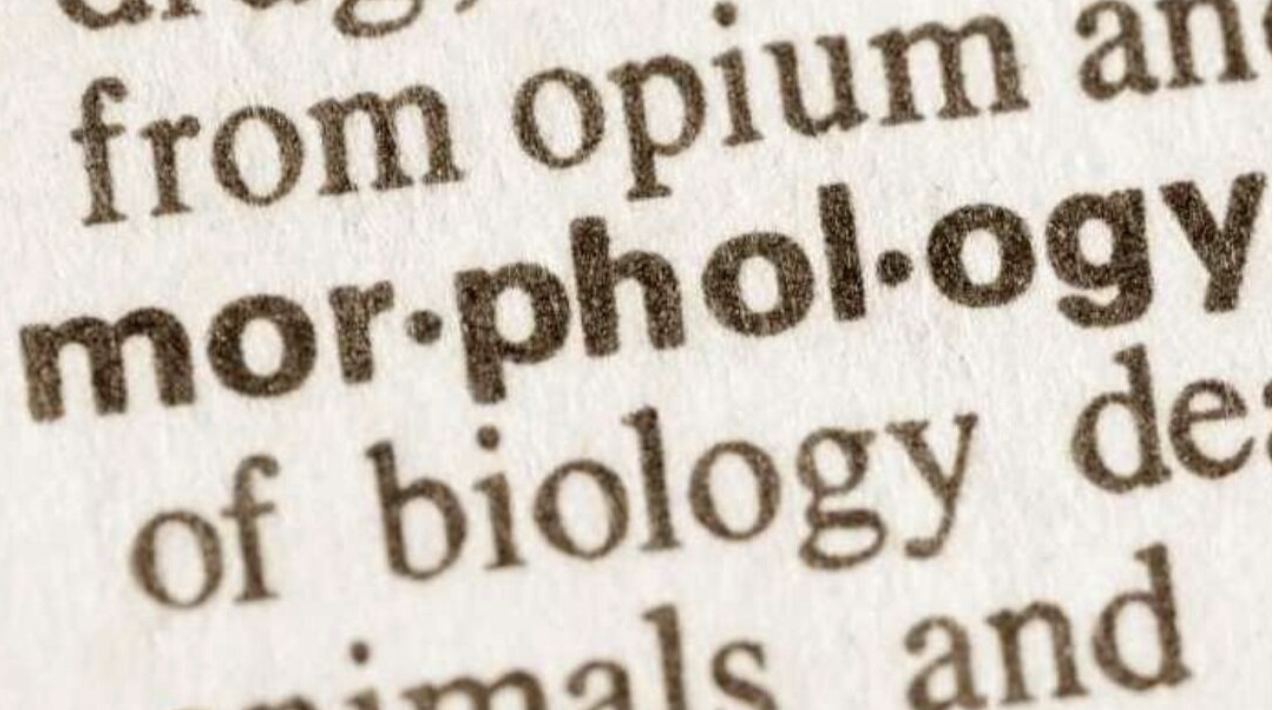
Morphology is a branch of linguistics, and refers to the study of the structure of words. Along with many other languages, English words are made up of letters, sounds, syllables, root words, and affixes. One letter can make a significant difference not only in the meaning of a word, but in its pronunciation. When children are learning how to read, they begin by mastering the smallest sounds (phonemes) as well as the smallest written sounds (graphemes). Eventually, they begin working with morphemes, or the smallest unit of meaning (such as a root word, an affix, one part of a compound word, etc.). Morphology is a crucial part of the journey a student takes to becoming a fluent reader.
The Two Branches of Morphology
Morphology has two distinct branches. One branch, called Inflectional Morphology, is where a reader deconstructs words into their individual morphemes. This branch is more analytical and helps readers make meaning of the words they are reading based on the units of sound in each word. The other branch, called Lexical Morphology, deals with the construction of words. This is where students put units of sound together to create words. Put very simply, Inflectional Morphology deals with reading words, while Lexical Morphology deals with writing them.
The purpose of Morphology
It is important for students to gain experience and comfort working within both branches. When students understand the way words are built, and can identify their rules and patterns, they will be better equipped with the tools they need to become fluent readers. When children learn to read without this awareness, they may have success and learn the relationships between words and word parts by chance. However, they are much more likely to do so if we teach them how explicitly.
It’s important to note that children do not need to know the term ‘morphology’ in order to study its principles. Sometimes naming skills and concepts is helpful, and sometimes it is unnecessary. In this case, it is far more important that students practice the concepts than learn the labels for those concepts. When students become fluent in the manipulation of words, they have mastered morphology!
Examples
Here are some examples of morphology at play:
Word: unhappiness (noun)
Base word: happy (adjective)
Morphemes (smallest possible units of meaning): un, happy, ness (turns word into a noun)
Word: redistributed (past tense verb)
Base word: distribute (present tense verb)
Morphemes: re, dis, tribute, ed/d (turns word into past tense)
Word: nondisclosure (noun)
Base word: disclose (verb)
Morphemes: non, dis, close, ure (turns word into a noun)




